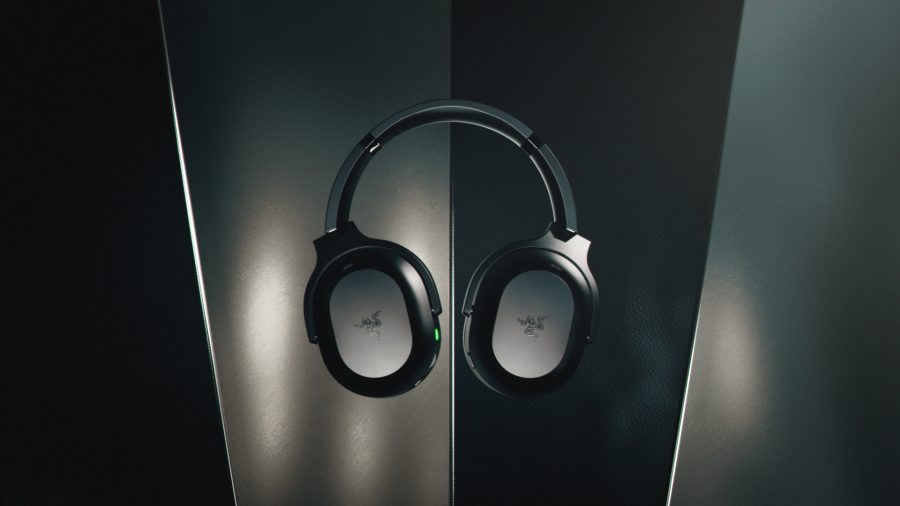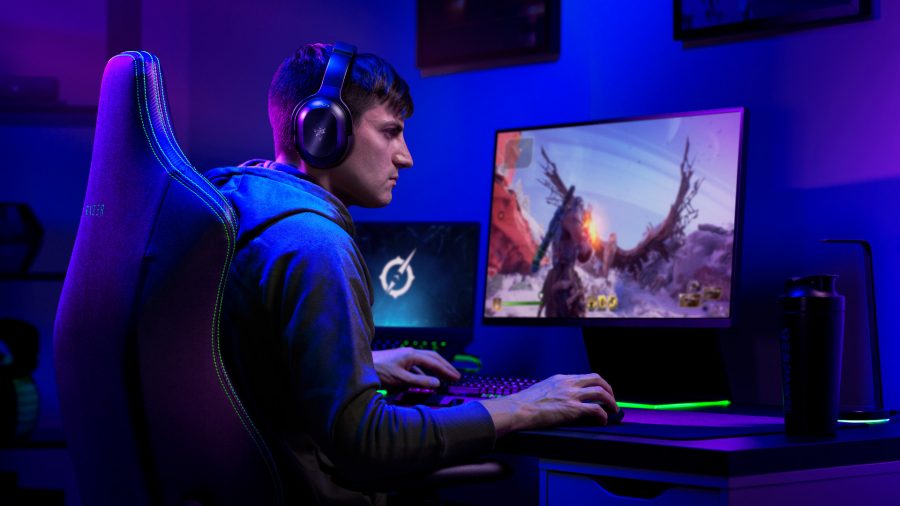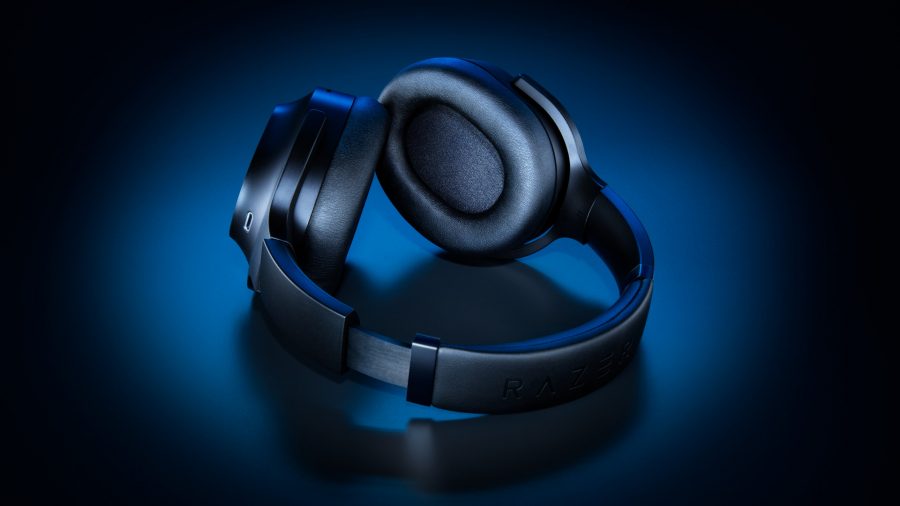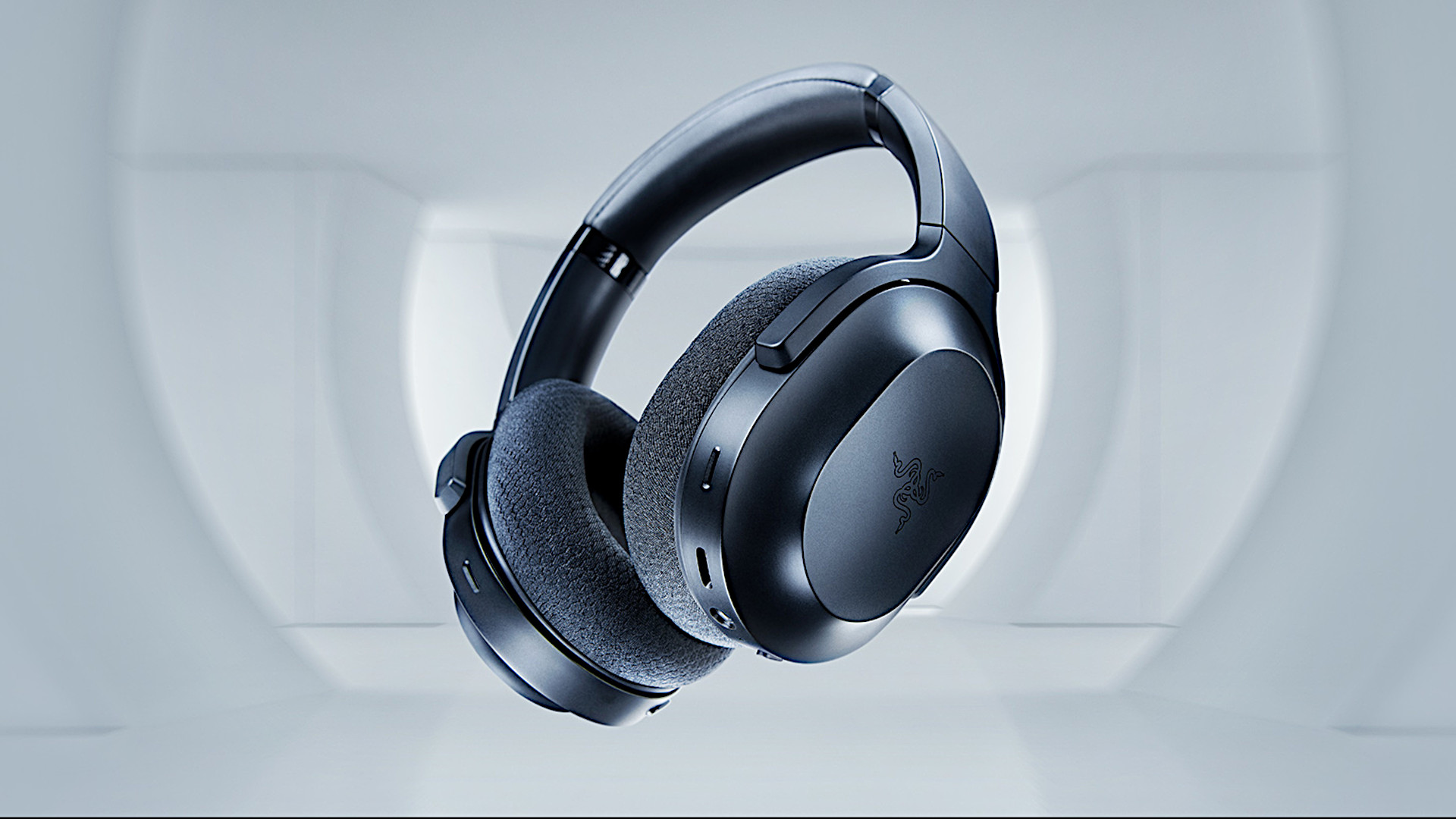The Razer Barracuda Pro is the company’s latest wireless gaming headset and serves as the flagship of its updated line of wireless headphones. At $250, Razer is betting big on its active noise cancellation technology and new 50mm TriForce biocellulose drivers to deliver an experience worthy of its premium price. Fortunately, this has largely been done, but not without some notable shortcomings.
When I first saw the Razer Barracuda Pro, I breathed a sigh of relief at the lack of RGB and other aesthetic features normally associated with gaming headsets (which have nothing to do with a gaming setup PC). Razer has adopted a more subtle design language here compared to its other devices, with logos blending in with the black headband and ear cups. Look closely, though, and you’ll notice a cheeky splash of signature neon green around the mic mute switch.
The shape of these new cans more closely resembles the company’s Razer Opus headset, clearly inspired by the Sony WH-1000XM3. Although I haven’t had a chance to sit on Opus, I use a couple of 1000XM3s as my daily controllers and I think Razer has done a great job of emulating the style and best parts of its rival.
Despite weighing in at 340g, the Razer Barracuda Pro is one of the heaviest gaming headsets I’ve ever used, never awkward to use whether I’m on a busy train or sitting at my gaming table. Don’t forget I’m wearing them, but the large oval ear cups, leatherette memory foam ear cups, and headband padding kept me comfortable during extended wear. It doesn’t have an excruciating clamping force, which is also a plus.
| BarracudaPro | Barracuda | Barracuda X | |
| drivers | 50mm (Razer TriForce biocellulose) | 50mm (Razer TriForce Titanium) | 40mm (Razer TriForce) |
| response frequency | 20Hz – 20,000Hz | 20Hz – 20,000Hz | 20Hz – 20,000Hz |
| Link | 2.4GHz/Bluetooth 5.2 | 2.4GHz/3.5mm/Bluetooth 5.2 | 2.4GHz/3.5mm/Bluetooth 5.2 |
| Battery duration | up to 40 hours | up to 40 hours | up to 50 hours |
| lester | 340g | 300 grams | 250g |
| Reward | $250 | $160 | $100 |
You can connect your Razer Barracuda Pro to your system via Bluetooth or with the included 2.4GHz USB-C dongle. The headphones will sound great no matter what type of connection you have, but you’ll want to use 2.4 GHz for the best sound quality, functionality, and latency. However, you can connect these banks to two devices at the same time, such as a gaming PC and a phone, and easily switch between them with a double-tap on the Razer SmartSwitch button on the right earcup.
This brings me to my first major complaint about the Razer Barracuda Pro, which is the lack of any kind of wired connection. Gone is the ever-reliable 3.5mm audio jack and its USB-C port can only be used for charging. I realize that Razer isn’t the only company ditching analog inputs, but this omission is all the more puzzling, as the two cheapest models in the Barracuda line support the proven standard. So aside from worrying about headset battery, the Barracuda Pro offers somewhat less than its cheaper counterparts.
I couldn’t help but feel like my voice was doomed to sound average at best when using the Barracuda Pro.
Fortunately, Razer says that the Barracuda Pro has a battery life of up to 40 hours. Obviously, it’ll be a bit quieter when using features like ANC or THX Spatial Audio (more on that later), but you can always check how much battery life you have left in Razer Synapse. Additionally, the earbuds will alert you with an audio notification when the battery level drops to 20% or less, letting you know when it’s time to recharge. In my limited experience, I was able to get around 30 hours of playback before charging the headphones overnight from 16% to full.
Before we dive into the sound of the Razer Barracuda Pro, I want to briefly talk about its microphones. Yes, multiple. Two built-in noise-canceling microphones pick up your messages instead of the more standard cardioid microphone. When I asked my friends how it sounded when wearing headphones on Discord, they weren’t impressed with the sound quality. I tend to agree with them. Even after playing around with Razer Synapse’s various equalizers and enhancements, I couldn’t help but feel like my voice was meant to sound normal at best when using the Barracuda Pro.
If this headset didn’t cost $250 I’d be more forgiving, but it’s hard to ignore cheaper offerings from competing options like the Corsair HS80, which offers superior mic quality to the Razer Barracuda Pro. To be clear, the mics here they’re not bad and pretty much what you’d expect from a noise-canceling headset, not the best gaming headset at this price point.

So, without further ado, let’s talk about sound quality. After connecting a 2.4GHz USB-C dongle to my system and updating Razer Synapse, I decided to test the headset’s audio capabilities with some tunes while I waited for some updates to finish downloading. I winced and immediately stopped the track, diving into the settings menu to see what processing shenanigans Razer had thrown at it.
I am totally impressed with its (more or less) personalized sound.
I quickly discovered that THX Spatial Audio was responsible for my music problem, as the headphones automatically applied the virtual surround sound profile to all music apps. This was easily fixed by selecting “Stereo Mode” from the “Spatial Output” dropdown, and the Razer Barracuda Pro was finally ready to show me what it was capable of. I am thoroughly impressed with its (more or less) custom sound and its ability to produce a wonderfully balanced sonic signature with no audible distortion.
The Razer Barracuda Pro is capable of delivering excellent sound quality across a wide range of genres, from high-pitched violin and vocals in classical music to kick drums in hip-hop and metal. To be clear, audiophile headphones certainly aren’t, and some may find the lack of booming bass disappointing (even with bass boost turned on). However, I can confidently say that I would happily listen to music on them, and not on the vast majority of other gaming headsets.
I had a very similar experience consuming video content, whether it was something from YouTube or a streaming service. While I admit that the THX Spatial Audio effect doesn’t sound as bad with video as it does with music, I don’t think it adds much to the experience either. Again, I loved how the Razer Barracuda sounded after switching to stereo and never looking back.

After feeling how the Razer Barracuda Pro sounded from the media, I downloaded Call of Duty: Warzone and wasted no time playing a few matches. I am amazed at THX Spatial Audio’s ability to expand a headphone’s soundstage without completely destroying its frequency response, as I have often seen with other virtual surround sound software. The processing amplifies low frequencies, making explosions more dramatic, while very high frequencies are only slightly affected.
Open world games like State of Decay 2 have particularly benefited from THX Spatial Audio.
Open-world games like State of Decay 2 have particularly benefited from THX Spatial Audio, with its vast and varied environments feeling much larger thanks to the expanded soundstage. For the most part, the 50mm TriForce Bio-Pulp drivers work just fine, no matter what genre you use them for. Hunt: Showdown turned out to be an exceptional case though, as I found the game sounded worse overall with virtual surround sound, but that was quickly remedied by going back to stereo.
Finally, let’s talk about the ANC of the headphones. The noise reduction quality is very similar to that of my Sony WH-1000XM3, which I did not expect at all. Whether you want to block out ambient sounds from a crowded train, passing traffic, or my partner answering the phone, the Razer Barracuda Pro blocks out a lot of unwanted noise. In addition, it does not affect the sound quality when listening to music or watching videos. Therefore, the glory of Razer is there.

I had high expectations for the Razer Barracuda Pro, and in many ways it offered fantastic sound quality, surprisingly good virtual surround sound, and a mature design. However, its average microphone prevents it from becoming one of the best gaming headsets on the market, along with its lack of wired connectivity and an undeniably high price tag.
Source : PC Gamesn

